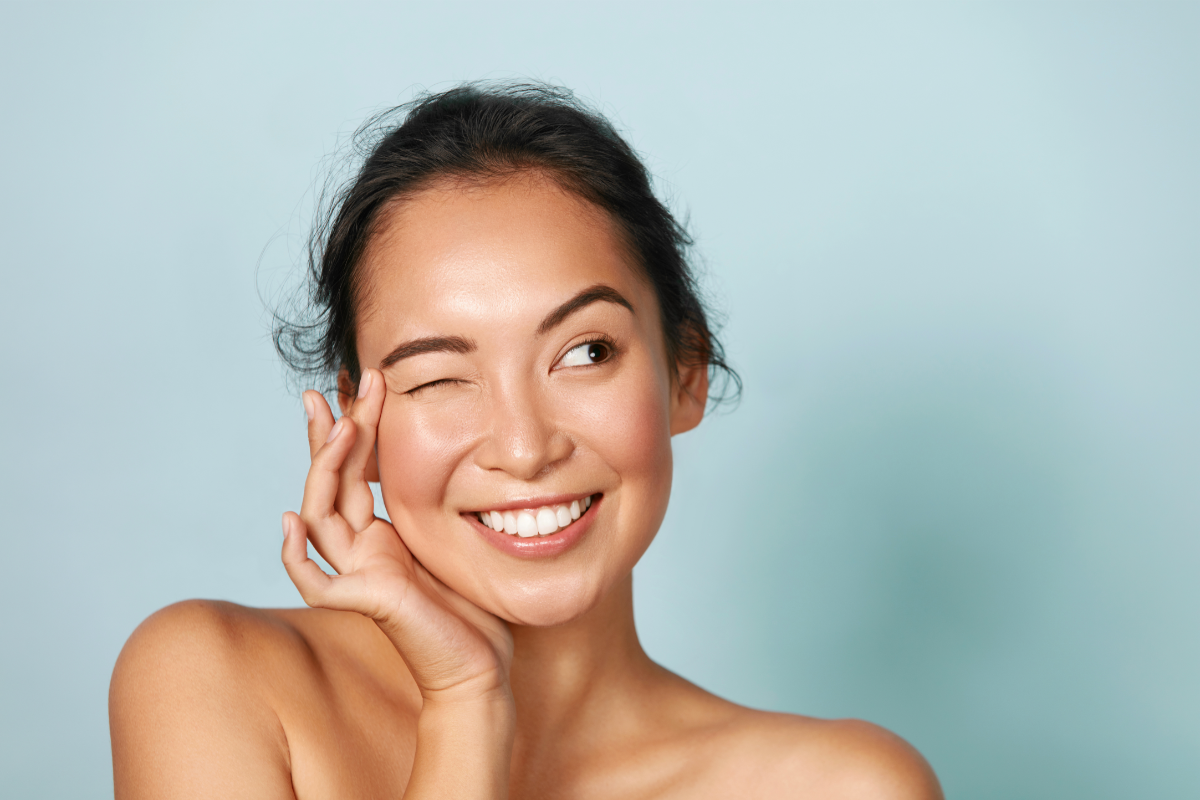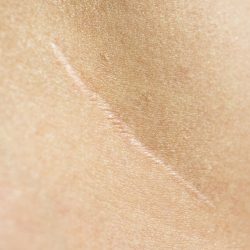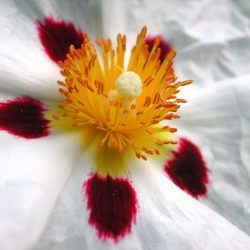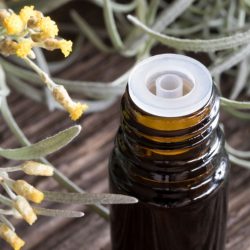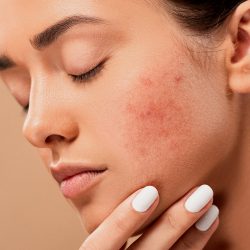Warts are skin growths that can appear on any part of the body. Although they are generally harmless, they can be embarrassing and unsightly, especially when they appear on visible parts of the body such as the hands or face. Fortunately, there are several methods for removing warts quickly and effectively. In this article, we’ll explore the different options for getting rid of warts quickly and safely. We’ll review over-the-counter treatments, such as creams and lotions, as well as more advanced treatments, such as cryotherapy, surgical curettage and laser destruction. We’ll also look at techniques for removing warts more quickly, and how warts are transmitted.
What is a wart?
Before we talk about the different methods for removing warts, it’s important to understand what a wart is. Warts are skin growths caused by the human papillomavirus (HPV). They can appear on any part of the body, but are most common on the hands and feet.
There are several types of warts, including common warts, plantar warts and genital warts. Common warts are hard, rough growths that appear most often on the hands and fingers. Plantar warts are warts that develop on the soles of the feet and can be very painful. Genital warts are warts that develop on the genitals.
Psychological aspect and social impact of warts
Apart from their physical appearance, warts can have a significant impact on an individual’s mental health and social interactions. They can lead to a drop in self-esteem, particularly in people who attach great importance to their appearance. This can lead to feelings of insecurity and shame. What’s more, the presence of warts, especially if they are visible, can affect social and professional relationships, as they are often surrounded by stigma and false beliefs about their contagiousness. It is therefore crucial to address this aspect in the treatment of warts, by offering appropriate psychological support and educating patients and those around them about the reality of this skin condition.
How warts are transmitted
It is still difficult to determine exactly how warts are transmitted. In fact, it can take several months for a wart to appear after infection with the virus responsible. As these growths are viral, they can be easily transmitted from one person to another. Possible means of transmission are :
- Direct contact with the skin of an infected person, such as shaking hands or hugging.
- Indirect contact with contaminated objects such as towels, shoes, socks, wet floors in swimming pools or communal showers, etc. It’s important to take precautions to avoid contracting or spreading warts, such as avoiding walking barefoot in public places and using sandals in communal showers.
Tips for preventing warts
While there is no way to completely prevent warts, there are several steps you can take to reduce your risk of contracting them. These include:
- Avoiding walking barefoot in public places such as showers and swimming pools
- Avoiding sharing towels, razors and shoes
- Keeping feet clean and dry
- Avoid touching or scratching existing warts
Warts come in different forms:
- Common or vulgar: hemispherical in shape, they are generally found on the back of the hand and fingers. In rare cases, warts have an elongated shape, known as “filiform”. They can be found on the face and around the mouth.
- Flat warts: grouped in patches, flesh-coloured or pigmented, they appear on the face and back of the hand.
- Plantar growths: as their name suggests, these appear on the soles of the feet. There are two types: single plantar warts and multiple or mosaic warts.
- Genital warts: also known as “cockscomb” warts, these are genital condylomas or venereal vegetations.
Techniques for removing warts more quickly
As explained at the beginning, warts disappear on their own after a few months or years. So there is no treatment or medication as such to cure them. That said, it is possible to speed up the healing process. Below is a short list of the best alternatives to help you achieve this goal.
Cryotherapy
Cryotherapy is a technique for treating excrescences that uses cold to destroy infected cells. This method involves using a thermal shock device to target the affected area. Among the most commonly used devices for wart cryotherapy are Verruxit, Excilor cryo, which is effective on the feet and hands. This treatment involves applying a cold tip at a temperature of -50°C to the wart, which destroys the infected cells. Although this option is effective, it can also cause temporary pain and redness.
Salicylic acid wart remover
Salicylic acid verrucide is a drug prescribed by a specialist to remove warts quickly. This product is generally combined with lactic acid for greater effectiveness. Salicylic acid verrucide is a keratolytic product, meaning it is designed to destroy excess keratin. However, it is important to be careful not to apply it to healthy skin, as this can cause damage and scarring. Although this option is effective, it can take several weeks or even months to completely eliminate it.
Surgical curettage
Surgical curettage is a treatment option for single, large warts that do not respond to other treatments. This procedure involves removing the growth using a curettage, a surgical instrument shaped like a small spoon. Although this option is more invasive than over-the-counter treatments, it may be recommended if the growth is painful or does not disappear with other methods. It is important to consult a doctor before deciding on this procedure, as it can lead to scarring and post-operative pain.
Destruction by laser
Laser destruction is another treatment option for the most stubborn lesions that do not respond to other methods. This procedure involves using a laser beam to destroy the blood vessels that supply the wart or infected tissue. Although this option may require several sessions to be effective, it is generally considered to be safe and effective. It is important to consult a doctor before choosing this option, as it can be more expensive than other treatments and may result in post-operative pain and scarring.
What natural remedies are effective for warts?
The use of natural treatments and home remedies has become increasingly popular for treating a variety of conditions, including warts.
- Topical Vitamin A Treatment: A case study showed that a daily application of topical vitamin A derived from fish liver oil (25,000 IU) led to the disappearance of common warts resistant to other treatments. In this case, the majority of the smaller warts disappeared after 70 days, while one larger wart required 6 months of treatment to resolve completely.
- Propolis as an Alternative Treatment: One study examined the efficacy of propolis, a natural immunomodulator available in our online pharmacy, with antiviral properties, in the treatment of warts. In a 3-month randomised controlled trial, patients treated with oral propolis for flat and common warts showed cure rates of 75% and 73%, respectively, significantly better than those obtained with echinacea or a placebo.
- Sandalwood oil for common warts: A study evaluated the efficacy of locally applied sandalwood oil on warts caused by the human papillomavirus. The oil was applied twice a day for 12 weeks. At the end of the study, 80% of subjects showed complete resolution of all treated warts, and the remaining 20% showed moderate improvement. No skin irritation or other adverse effects were reported.
These studies suggest that certain natural methods may be effective in the treatment of warts, although further research is needed to confirm these results and establish standardised treatment protocols. It is always advisable to consult a healthcare professional before trying any new treatments, especially if you have pre-existing skin conditions or sensitivities.
Is tea tree essential oil effective against warts?
What are the latest scientific advances in the treatment of warts?
Recent research has introduced a number of notable innovations in the treatment of warts.
- Intra-lesional immunotherapy: Studies have shown the effectiveness of intra-lesional immunotherapy in treating warts. This method uses antigens, such as the MMR (measles, mumps, rubella) vaccine or purified protein derivative (PPD), to stimulate an immune response against warts. A network meta-analysis revealed that DPP and the MMR vaccine were the most effective in achieving complete healing, both at the primary wart site and at distant sites, and in reducing the rate of recurrence.
- High Intensity Focused Ultrasound (HIFU): A new method using high intensity focused ultrasound (HIFU) has been introduced as a potential treatment for common warts. This technique enables the affected areas in the epidermis and dermis to be precisely targeted. Initial observations suggest that HIFU could be effective in treating both common and flat warts, with possible complete healing after a single treatment and without scarring.
- Retinoids in combination with other treatments: The combined use of systemic retinoids and intralesional immunotherapy in the management of warts has also been explored. One study showed that oral acitretin in combination with intralesional Candida antigen had the highest complete response rate, followed by INF-α in combination with oral isotretinoin. These combinations appear to offer higher complete cure rates with lower recurrence, particularly for recalcitrant or recurrent warts.
These findings open up new prospects for the treatment of warts, offering more effective and potentially less invasive options than traditional methods.
@soin.et.nature ?✨Dites adieu aux verrues !???Découvrez les 4 produits incontournables d’Excilor et Expert 123 Intensive pour éliminer ces indésirables en un clin d’œil ! ??Rendez-vous sur www.soin-et-nature.com pour retrouver votre peau de bébé !???#verrues #soinetnature #excilor #expert123intensive #pharmacieenligne #peausaine #astucesbeauté #byebyeverrues #bellepeau #remedenaturel #warts #pascher #fyp #pourtoi #santé
Sources
- Virol J . 2012 Jan 17:9:21. doi: 10.1186/1743-422X-9-21. Topical vitamin A treatment of recalcitrant common warts
- Propolis as an alternative treatment for cutaneous warts Hatem Zedan 1, Eman R M Hofny, Sahar A Ismail
- 2018 Jan;57(1):93-95. doi: 10.1177/0009922817691536. Epub 2017 Feb 1.Topical Sandalwood Oil for Common Warts Malika Haque 1, Daniel L Coury

